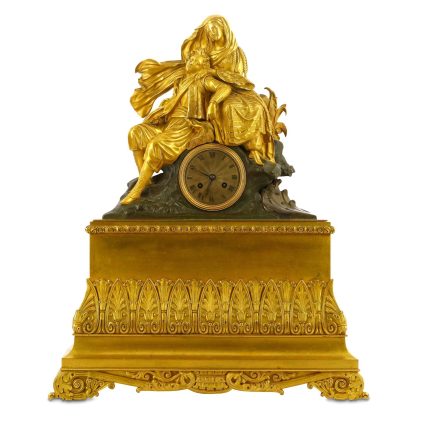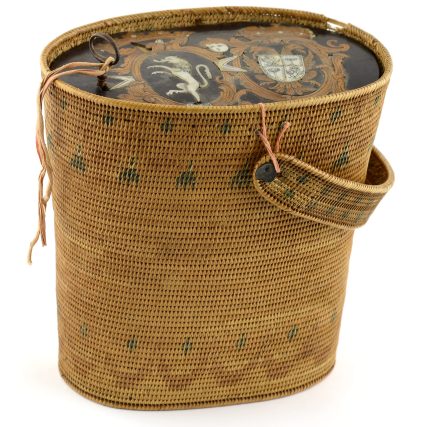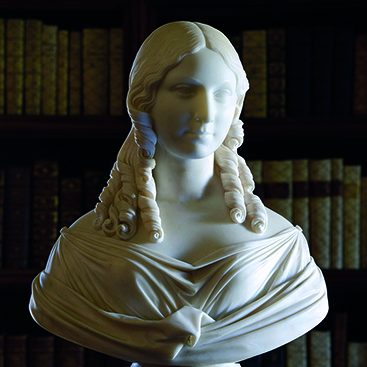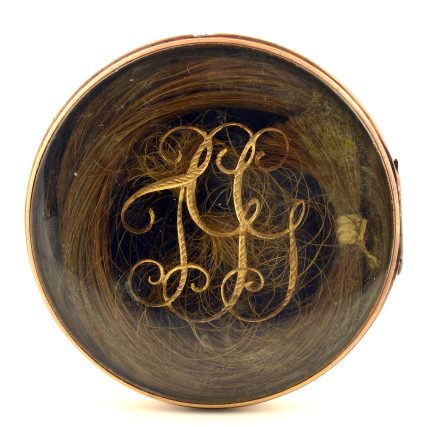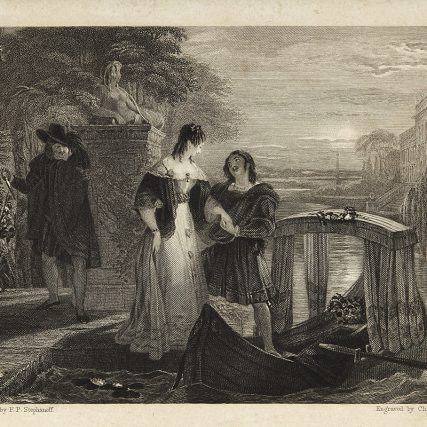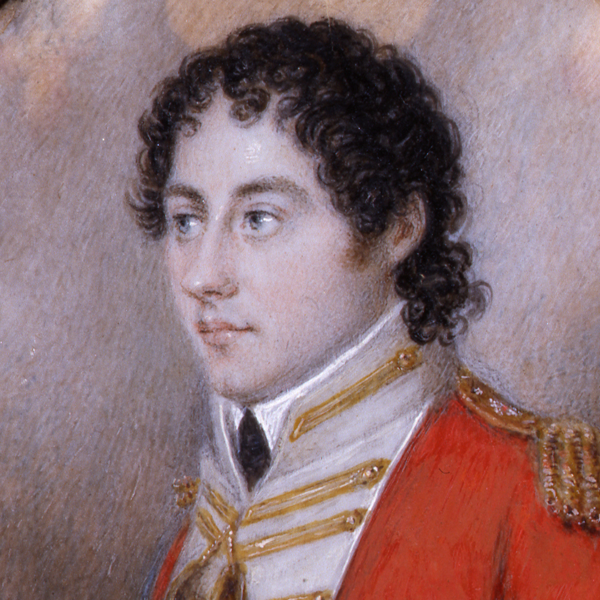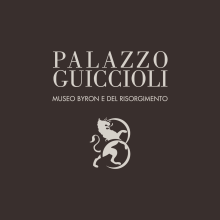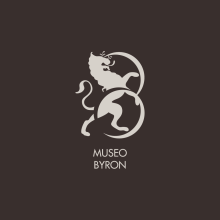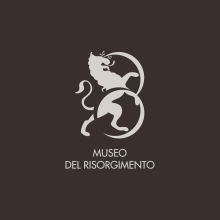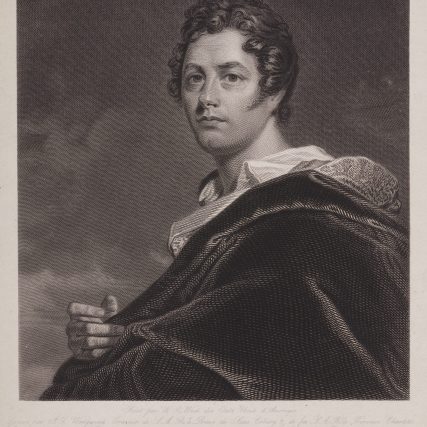
Byron’s stay in Ravenna has always been considered one of the distinctive moments in the biography of the great British poet. His relationship with Teresa Gamba, the young wife of Alessandro Guiccioli, which began in Venice in 1819, has come to represent the very essence of romantic love in the collective imagination and world literature.
This passionate love and life experience, told through Teresa’s works and memories, is now preserved and on display in the rooms of Palazzo Guiccioli, also narrated through multimedia exhibits. The museum is a literary one: it tells the brilliant poet’s life story, his travels in Europe and the East, narratives of the fatal hero, the tormented dandy, the fashionable man who made his own life into a poetic ideal and a prototype for the society of his time. Hence, the birth of the myth of the Romantic hero — melancholy and solitary, rebelling against society and its conventions — who, in Ravenna, reaches full poetic expression (here Byron composed Don Juan, Marino Faliero, Sardanapalus, The Two Foscari, The Prophecy of Dante) and the complete aestheticization of Byron’s life, which, though lived on the edge of aristocratic extravagance, was imbued with the passions of political struggle, and ideals of moral and civic freedom that led him to sympathize with, fight and die for the independence of Italy and Greece.
The museum evokes and testifies to the memorable presence in Palazzo Guiccioli of a poet-symbol of Romanticism, an icon of nineteenth-century European literature, considered by Goethe “the greatest poetic genius of his century.

